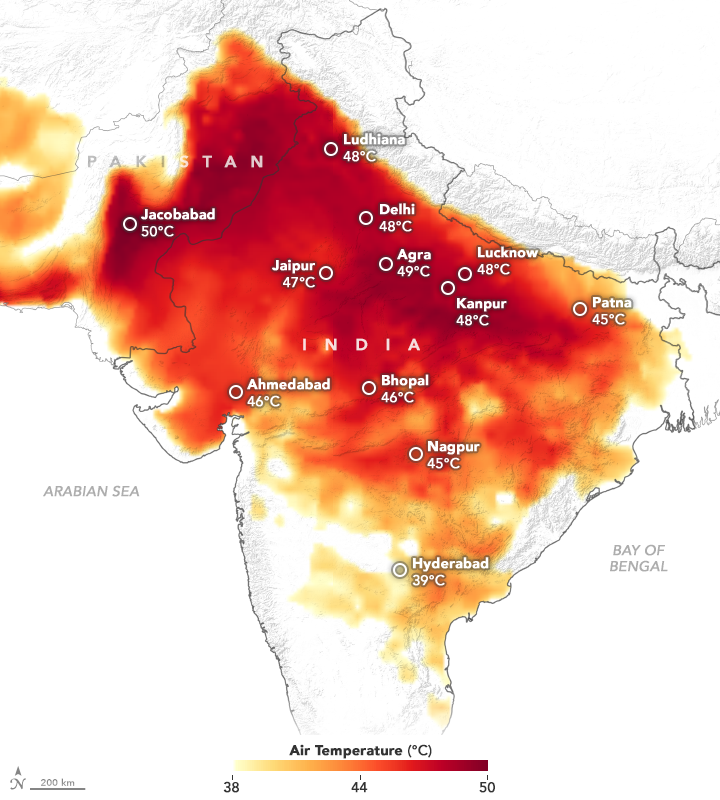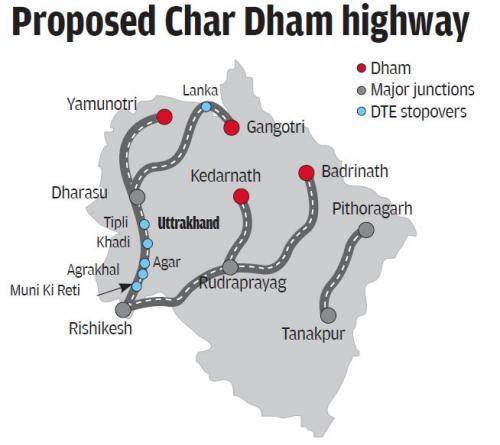7667766266
enquiry@shankarias.in
ANITA - Antarctic Impulsive Transient Antenna
Askaryan Effect
Neutrinos
SERS Sensing
Raman Effect
Heat Waves
Heat Waves in India

Chardham Pariyojana

Rishikesh-Dharasu road highway
Engineering, Procurement and Construction (EPC) mode
Border Roads Organization
Dehing Patkai Wildlife Sanctuary
Source: PIB, the Hindu, Business Line, Indian Express